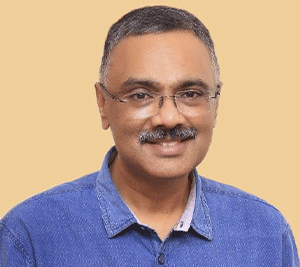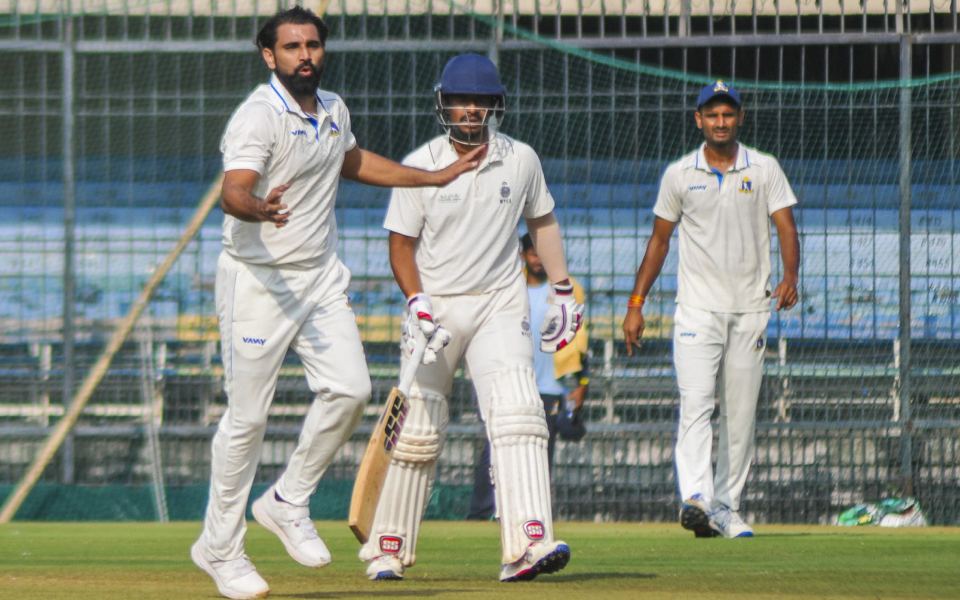According to observers, India's recent actions in Sri Lanka are seen as a part of its strategy to increase its influence and presence in South Asia. India aims to establish itself as the dominant player in the region.
However, experts warn that the differing power dynamics between India and Sri Lanka could result in one-sided agreements that may not be advantageous for the people of Sri Lanka. The risk lies in Sri Lanka potentially entering into deals that heavily favor India without considering the long-term benefits for its own citizens says SCMP
Sri Lanka and India have deepened their longstanding relationship by signing numerous energy and maritime agreements. This comes as India seeks to increase its strategic influence in the region to counter China's growing influence. However, experts caution Sri Lanka against becoming too reliant on India and advise maintaining a balanced approach.
During a meeting between Sri Lankan President Ranil Wickremesinghe and Indian Prime Minister Narendra Modi last month, both countries agreed to enhance cooperation in maritime, air, energy, and power sectors, among other areas.
Several ports, including Colombo on the western coast of Sri Lanka, Trincomalee in the east, and Kankesanthurai in the northernmost part of the country facing the Palk Strait, are scheduled for development.
Sri Lanka and India have agreed to build an oil pipeline connecting the two countries. They have also agreed to create a high-capacity power grid that will allow for the exchange of electricity between Sri Lanka and neighboring countries like Bangladesh, Bhutan, and Nepal.
Both leaders also decided to work together on producing green ammonia and green hydrogen, which are considered as future fuels. These fuels are made by using renewable energy sources to extract them from water.
As Sri Lanka faced severe energy shortages last year and struggled to import fuel due to a lack of foreign currency, experts believe that this collaboration could assist the country in shifting towards renewable energy sources. This shift could help in reducing overall fuel consumption.
The "Triangle of Death": Chinese-Operated Ports Surrounding India
India's pursuit of energy and port projects in Sri Lanka is a strategic move aimed at preserving its dominant position in South Asia, countering China's growing influence in the region.
Despite historical strong ties between Delhi and its southern neighbor, Sri Lanka, and India being one of the largest creditors to the island nation, the strategic positioning of Sri Lanka in the Indian Ocean has transformed it into a battleground for power rivalry between India and China.
According to Aruna Kulatunga, a renowned political and energy analyst from Sri Lanka, India perceives Sri Lanka, along with Bangladesh and Pakistan, as de facto satellite states of China due to their act of leasing out land to China.
As stated by Aruna Kulatunga, the three Chinese-operated ports in the region - Chittagong in Bangladesh, Hambantota in Sri Lanka, and Gwadar in Pakistan - create a "triangle of death" that surrounds India.
It is like strangulation for India," he explained, as it requires Delhi to allocate more resources towards safeguarding crucial maritime routes.
According to Kulatunga, Delhi's decision to strengthen its ties with Colombo can be seen as a means to find "psychological comfort" by expanding its influence in a region where Beijing already wields significant control.
Trincomalee, which is situated in Sri Lanka, is one of the largest natural harbours globally. However, it lacks the necessary infrastructure to accommodate modern ships. Delhi wanted to develop the port as it desired to have a strategic presence outside of India but within a specific triangular region.
Recently, an Indian Navy warship called Khanjar, which belongs to the Khukri-class corvette, visited Trincomalee port in Sri Lanka for a period of three days. The Indian high commission in Colombo praised this visit, stating that it would help enhance the capabilities of the Sri Lanka Navy in dealing with maritime challenges in the region.
The recent visit took place while projections from the US-based AidData research project suggest that Hambantota port in Sri Lanka is the top candidate to become a Chinese naval base. This comes as China aims to increase its maritime capabilities by expanding its presence in the region.
According to George I.H. Cooke, a historian and academic with experience in Sri Lanka's diplomatic service, the recent agreements with India are primarily aimed at political engagement rather than India trying to compete with China.
Cooke believes that India is the most influential and powerful country in the South Asia region and has been for a while. He also mentioned that India's position continues to strengthen over time.
According to Rajni Gamage, a political science researcher, increased interdependence and connectivity between India and Sri Lanka is seen as a positive development. However, in reality, due to the unequal power dynamics between the two countries, it is important for these initiatives to have transparency and for Sri Lanka's negotiators to be well-prepared and vigilant.
Gamage pointed out that political leaders may use the term 'crisis' as a tactic to push through unilateral and advantageous agreements.
Challenges and Concerns Surrounding Adani Group's Involvement in Sri Lanka's Energy Sector
Kulatunga, an analyst, cautioned that agreements that prioritize the interests of the political and business elite could have negative consequences for local communities and marginalized segments of Sri Lankan society.
An example provided by Kulatunga was the Adani Group, which has been utilizing India's strategic interest in Sri Lanka to gain control over the power supply between the two nations.
The Adani Group, a controversial conglomerate that faced allegations of accounting fraud and stock manipulation earlier this year, has already secured a wind power project worth US$442 million in northern Sri Lanka. Additionally, the conglomerate is expected to be involved in projects including the oil pipeline, joint power grid with India, and the utilization of green hydrogen from Sri Lanka.
Kulatunga pointed out that despite Adani's promise to purchase electricity from Sri Lanka once the grids are connected, this commitment may not be fulfilled as the cost of electricity production in India is lower than in Sri Lanka.
As of December last year, the cost of household electricity consumption stood at 7.9 US cents per kilowatt in India, compared to 8.7 US cents in Sri Lanka.
Kulatunga cautioned that this significant disparity poses a serious risk to Sri Lanka's power generation capacity, particularly in the renewable energy sector, as it could impede further development. This risk is heightened if India transitions into a net exporter of electricity to Sri Lanka.
He expressed concerns by saying that once Sri Lanka is connected to India, it will be dependent on them and they can sever this connection whenever they desire.
According to historian Cooke, although it is necessary in the short term to improve connectivity in order to meet Sri Lanka's growing electricity needs, it is essential for the country to prioritize the development of alternative energy sources. This long-term goal will enable Sri Lanka to achieve self-reliance in the energy sector.
He emphasized that having a diverse range of energy sources, rather than just relying on a single pipeline, is where Sri Lanka will find its strength and resilience in the energy sector.

Girish Linganna
Let the Truth be known. If you read VB and like VB, please be a VB Supporter and Help us deliver the Truth to one and all.
Bengaluru, Nov 14: An FIR has been lodged at the Bengaluru Cyber Crime Police Station following a hacking incident involving the email and YouTube channel of the media outlet Vartha Bharati. The FIR was registered on Thursday based on a complaint from Vartha Bharati.
The hacking was discovered on Thursday morning, revealing that cybercriminals had gained unauthorized access to the official email and subsequently the YouTube channel, youtube.com/varthabharatinews. As a result, Vartha Bharati was unable to broadcast any programs on the platform, raising concerns that the hackers could potentially misuse the channel to disseminate anti-social messages or content. In its complaint, Vartha Bharati requested action to secure the release of the hacked accounts and prevent any misuse.
By Thursday afternoon, YouTube had restored Vartha Bharati's channel to a secondary official email account, allowing the organization to resume its broadcasts. However, the primary hacked email remains inaccessible, and investigations are ongoing to resolve the issue.





